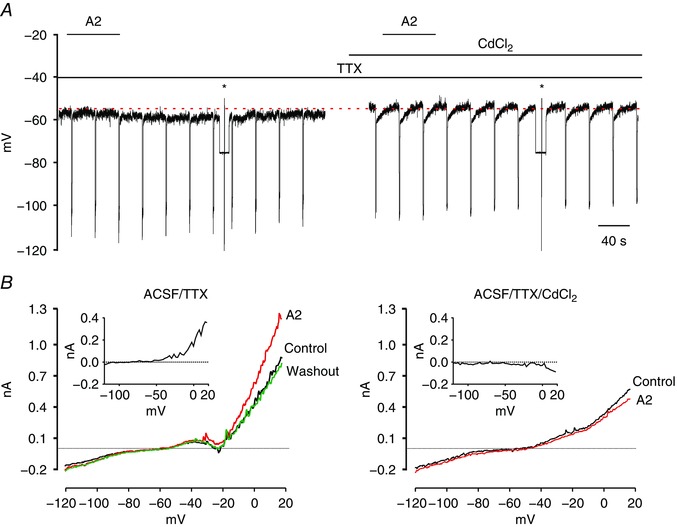Figure 4. RXFP3 activation induces cadmium‐sensitive whole‐cell outward current.

A, representative trace of a zero current‐clamp recording illustrating the hyperpolarizing effect of bath‐applied RXFP3‐A2 agonist (A2; 600 nm; horizontal bar) on the membrane potential in ACSF supplemented with TTX (1 μm; left) and a lack of hyperpolarizing action (on the same cell) when the agonist was applied in ACSF/TTX containing CdCl2 (200 μm). Asterisks indicate the time of ramp tests in voltage‐clamp mode illustrated in B. B, current traces recorded in response to voltage ramp tests (600 ms, from −140 to 20 mV) in ACSF/TTX (left) and during perfusion of slices with ACSF/TTX/CdCl2 (right) in control conditions and with application of RXFP3‐A2 agonist. Insets, outward difference current induced by RXFP3‐A2 agonist, calculated by subtracting the control current from that recorded during application of RXFP3‐A2 agonist. Abbreviations: ACSF/TTX, artificial cerebrospinal fluid with 1 μm tetrodotoxin; and ACSF/TTX/CdCl2, artificial cerebrospinal fluid with 1 μm tetrodotoxin and cadmium chloride (200 μm). [Color figure can be viewed at wileyonlinelibrary.com]
